
Sign in to your ScreenRant account
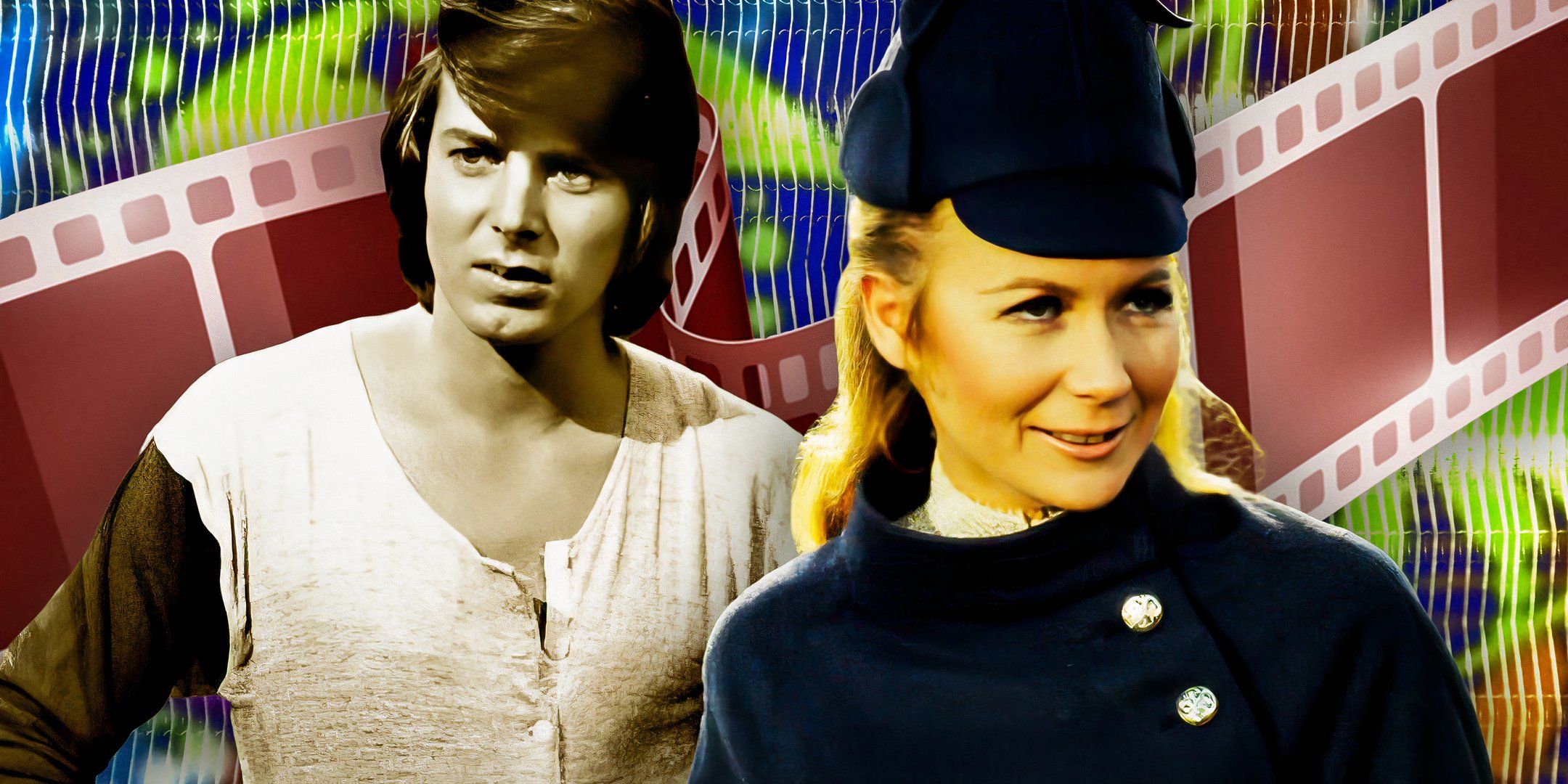 Custom image by Yailin Chacon
Custom image by Yailin Chacon
There were plenty of fantastic sitcoms in the 1970s, but audiences barely remembered some of them. Several of the best sitcoms of all time were broadcast throughout the 1970s, including Fawlty Towers and The Jeffersons. However, even some of the most popular comedy titles of that decade were forgotten about over time. Their disappearance from the spotlight wasn’t always immediate, though. Multiple ‘70s sitcoms were popular for years after they ended and then eventually faded from memory, whereas others were massively underrated and cut short too quickly.
Unfortunately, even some of the best sitcoms of the ‘70s were a victim of this. These shows were incredibly prominent while they were on the air, but their biggest names ended up gaining popularity for other roles, so new generations of viewers stopped discovering their older projects. These sitcoms were also remembered in parts, but audiences often didn't recall how long they were on the air, who appeared in them, or even what they were about. The ‘70s were a great time for sitcoms, but some of the greatest shows were sadly forgotten about.
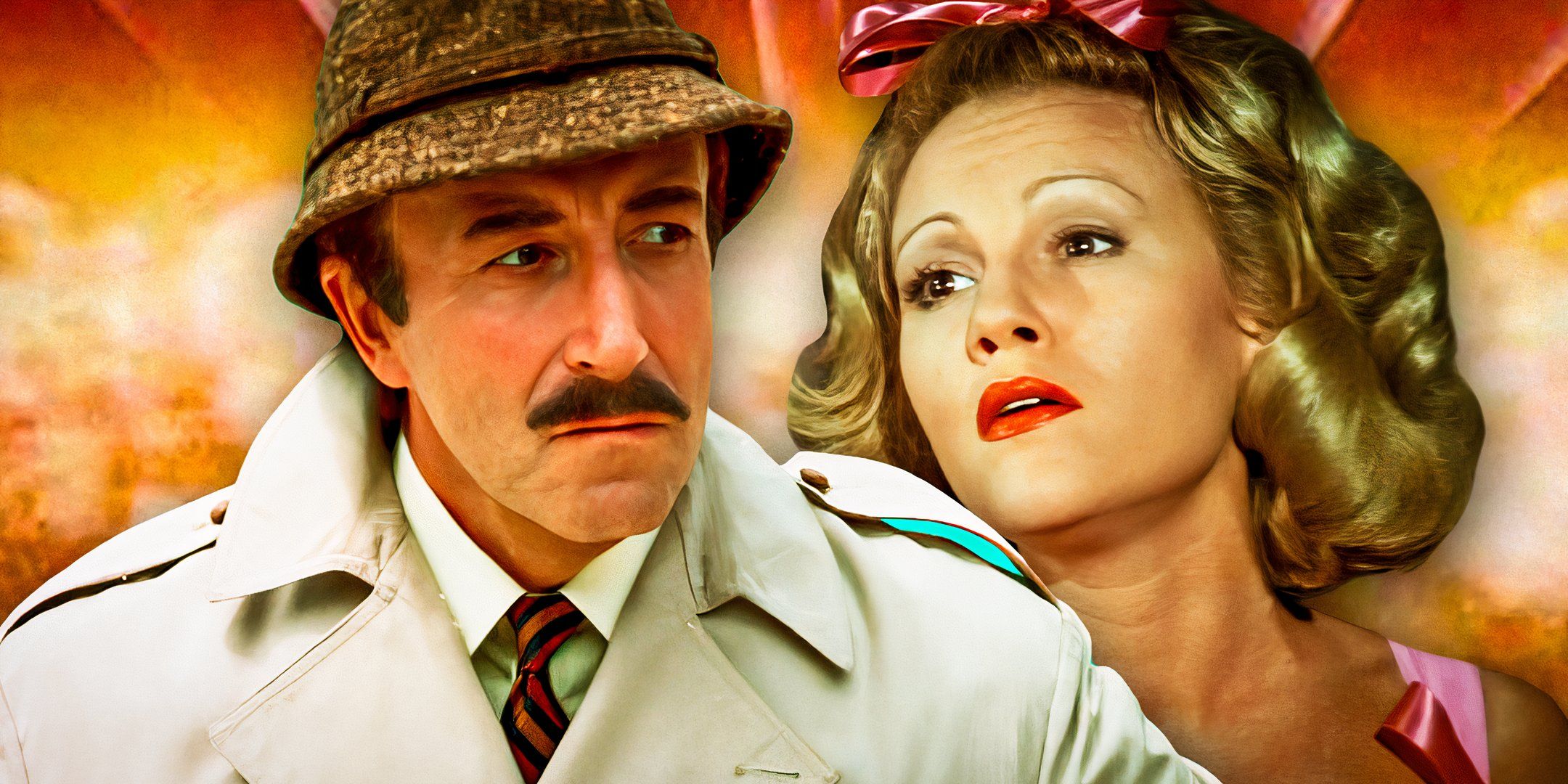
Related
10 Best Comedy Actors Of The 1970s
The 1970s produced some of the very best comedy actors in both TV shows and film, with projects that were instant classics and massive successes.
10 Nanny And The Professor (1970)
A Sitcom Mary Poppins
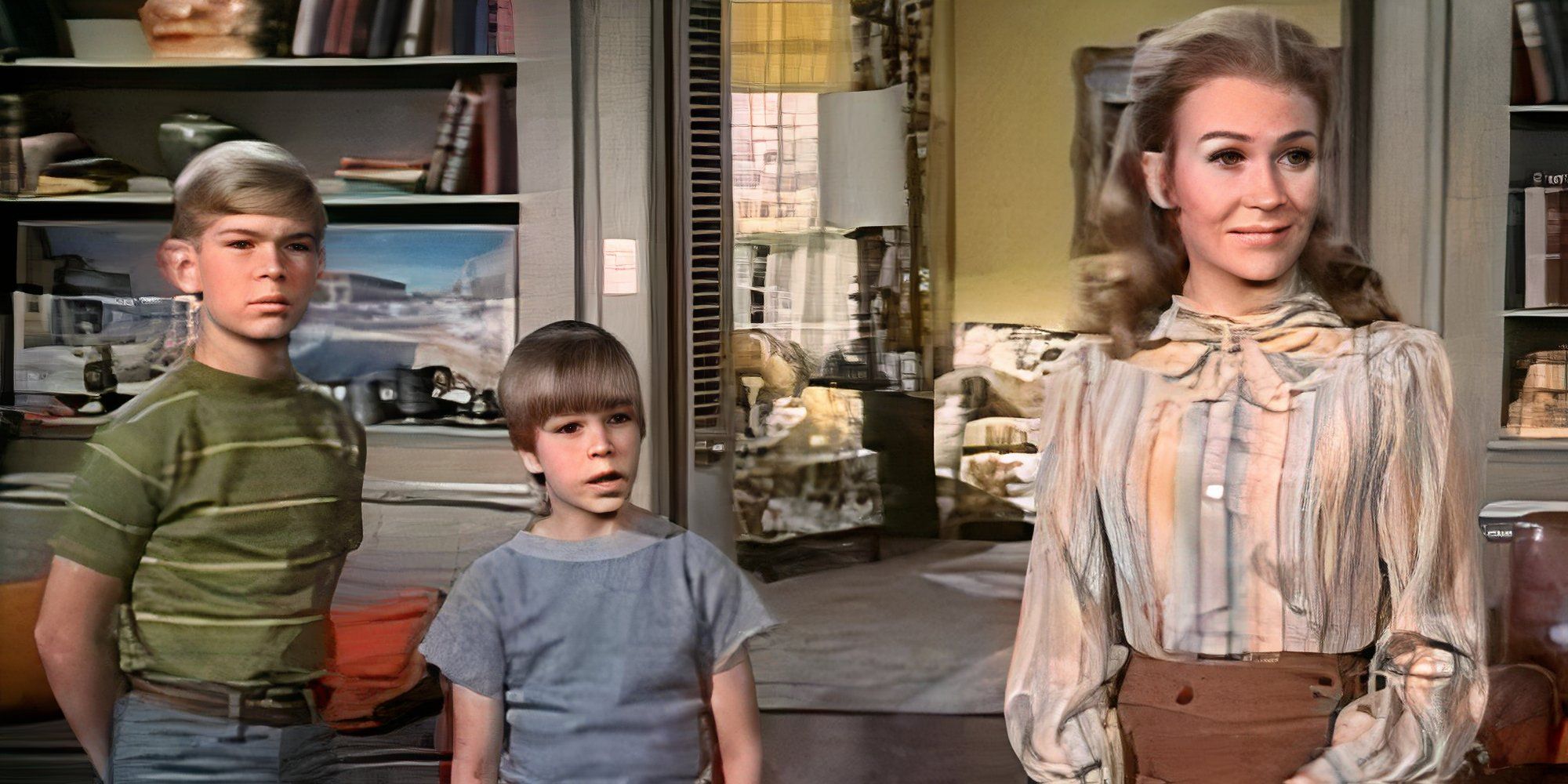
Nanny and the Professor was a brilliantly underrated sitcom that first aired in 1970. The sitcom ran up until season 3, yet the overall span of the show was only one year. The show followed Juliet Mills as “Nanny” Phoebe Figalilly, a British housekeeper and childminder for the Everett family. Nanny and the Professor was commissioned following the popularity of Mary Poppins, one of the best musicals from the 1960s, but unlike the famous cinematic figure, Nanny’s magical talents weren’t as prominent.
Rather than being able to fly or owning a mysterious bag that held everything and anything, Nanny had psychic abilities. The Everett children and their professor father, who Richard Long portrayed, found Nanny incredibly strange, but this added to the overall charm and hilarity of the show. Nanny’s absurd antics, paired with Professor Harold Everett’s skepticism of her, resulted in all manner of chaos. While the show ended in 1971, and rather abruptly, there were two further animated adaptations of Nanny and the Professor in The ABC Saturday Superstar Movie, which continued their stories.
9 Getting Together (1971)
Music Brings Very Different People Together
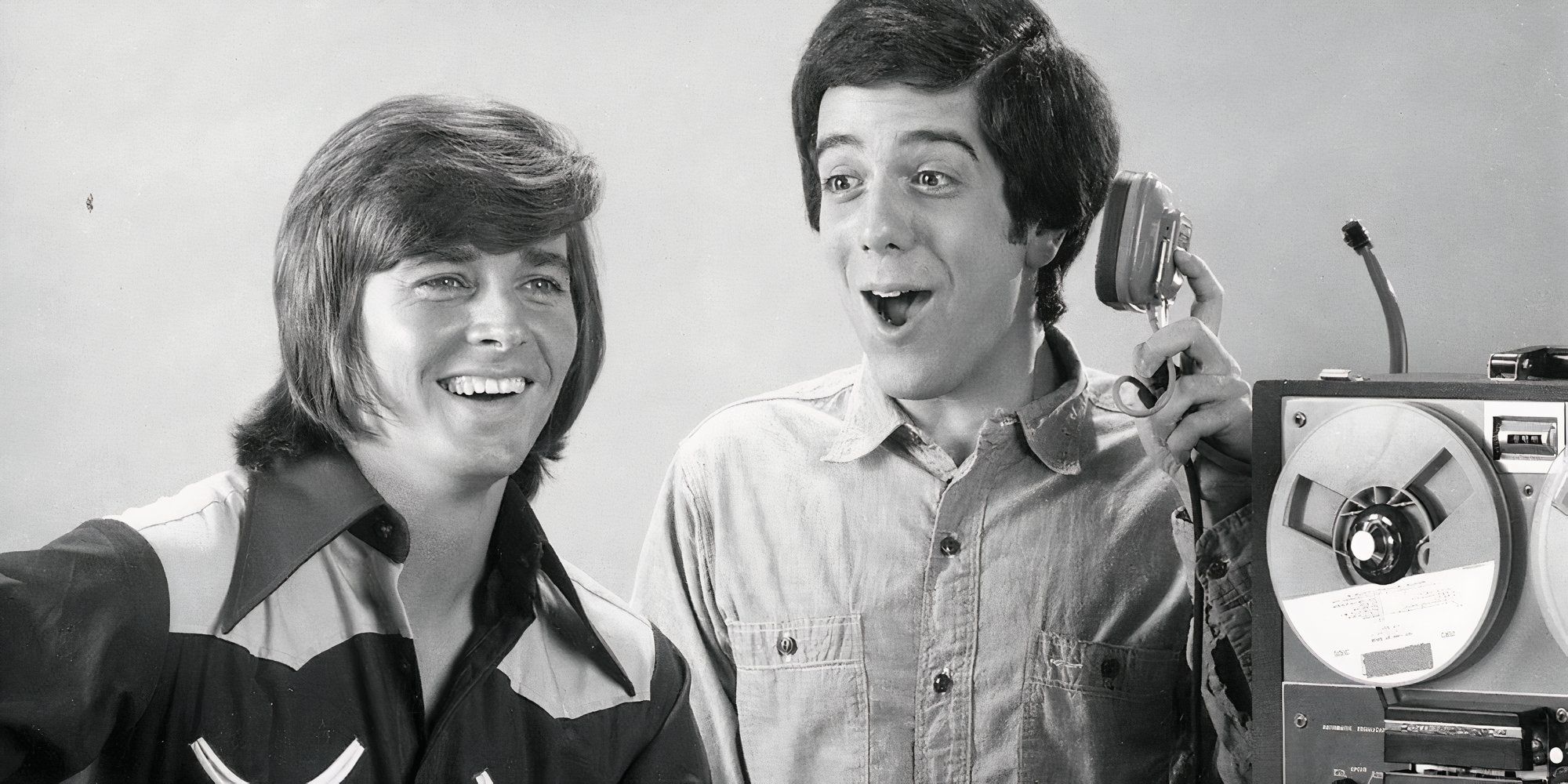
One of ABC’s best musical TV shows, Getting Together, was first broadcast in 1971 and was another sitcom from the decade that only lasted a year. Getting Together starred Bobby Sherman as Bobby Conway and Wes Stern as Lionel Poindexter, a singer-songwriting duo who spent every episode working towards achieving superstardom. The two men were often surrounded by several wacky characters that made things even more interesting, such as Susan Neher as Bobby’s younger sister and their roommate, Jennifer, and Pat Carroll as their wacky landlady, Rita.
There were plenty of factors that made Getting Together a well-written sitcom. Lionel’s ear for music was terrible, which made his shared dream with Bobby that much harder to achieve. The two were also already established characters, as the back-door pilot of Getting Together was aired as an episode of The Partridge Family in 1971. Bobby and Lionel’s escapades greatly distracted them from their aspirations, but that was why the sitcom worked so well. Getting Together contained many of the best and worst sitcom tropes, but it was a shame that it was so short-lived.
8 The Good Life (1975)
An Underappreciated Show About Neighboring Arguments
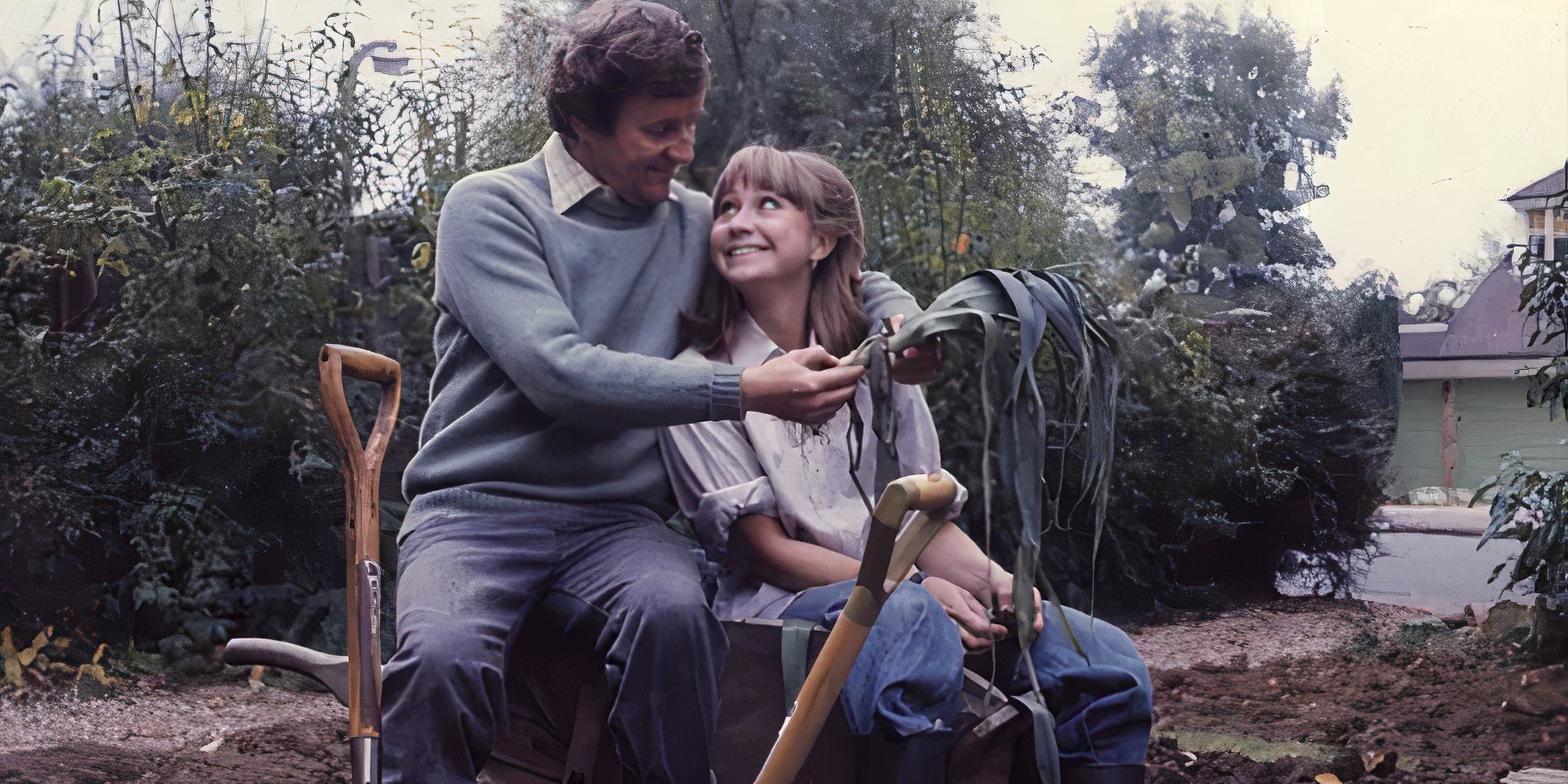
The Good Life was initially quite popular in the 1970s, but over time, it was forgotten about by audiences and later became an underrated British sitcom. The Good Life, which was also known as Good Neighbors in some international versions, aired four seasons from 1975 to 1978 and starred Richard Briers and Felicity Kendal as Tom and Barbara Good. The Goods were introduced as a couple newly introduced to self-sufficiency, which caused a lot of hilarious conflict between them and their next-door neighbors, the Leadbetters.
However, the two pairs were also friends, but the contrast between their bickering and wholesome interactions was what made The Good Life so amazing. There were several comical moments in The Good Life, but the best were between Barbara and Penelope Keith as Margo Leadbetter. Kendal and Keith’s rapport was incredible, and it added several layers to their characters. Margo’s uptightness and lack of understanding about the Goods’ lifestyle were ridiculously funny, and she created the kind of conflicts that sitcoms thrived on.
7 Welcome Back, Kotter (1975)
John Travolta's Breakthrough
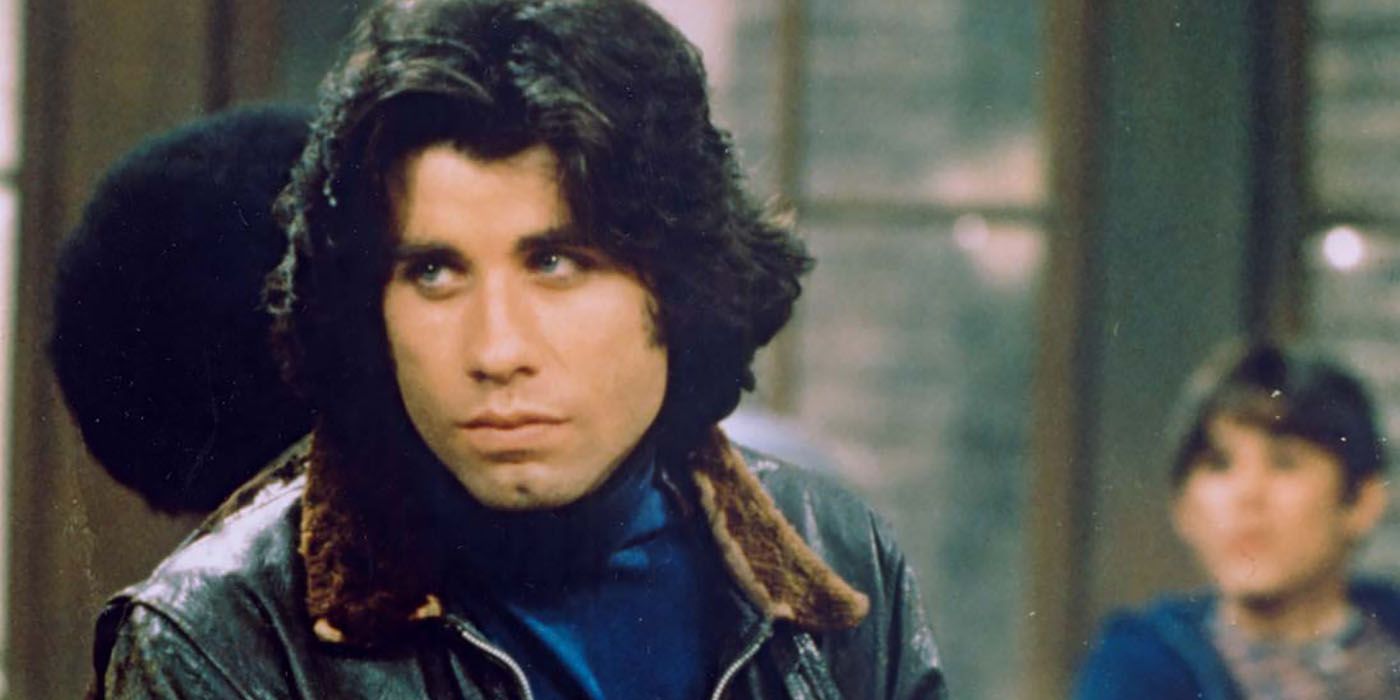
Welcome Back, Kotter’s Vincent “Vinnie” Barbarino was one of John Travolta's best roles, and while the actor continued to be a prominent figure in TV and film, the show wasn’t well-remembered after it ended in 1979. The show focused on Gabe Kaplan as Gabe Kotter, a teacher who found himself working at his former high school and was assigned a class full of misfits and troublemakers. Travolta’s Vinnie was one of these students, who assigned himself as the leader of the group, and the back-and-forth between him and Kotter was nothing short of brilliant.
However, Travolta wasn’t the only stand-out in the cast of Welcome Back, Kotter. Marcia Strassman, as Kotter’s long-suffering wife, Julie, provided multiple funny moments throughout the show, most notably her reactions to the various kids appearing at her apartment randomly. John Sylvester White, as the villainous Michael Woodman, was also great. Even though Welcome Back, Kotter was one of the defining sitcoms of the 1970s, it was sadly forgotten about over time, which was disappointing, considering that it shared a similar premise to movies like The Breakfast Club, which was a huge success.
6 WKRP In Cincinnati (1978)
A Perfect Encapsulation Of Rock And Roll In The '70s
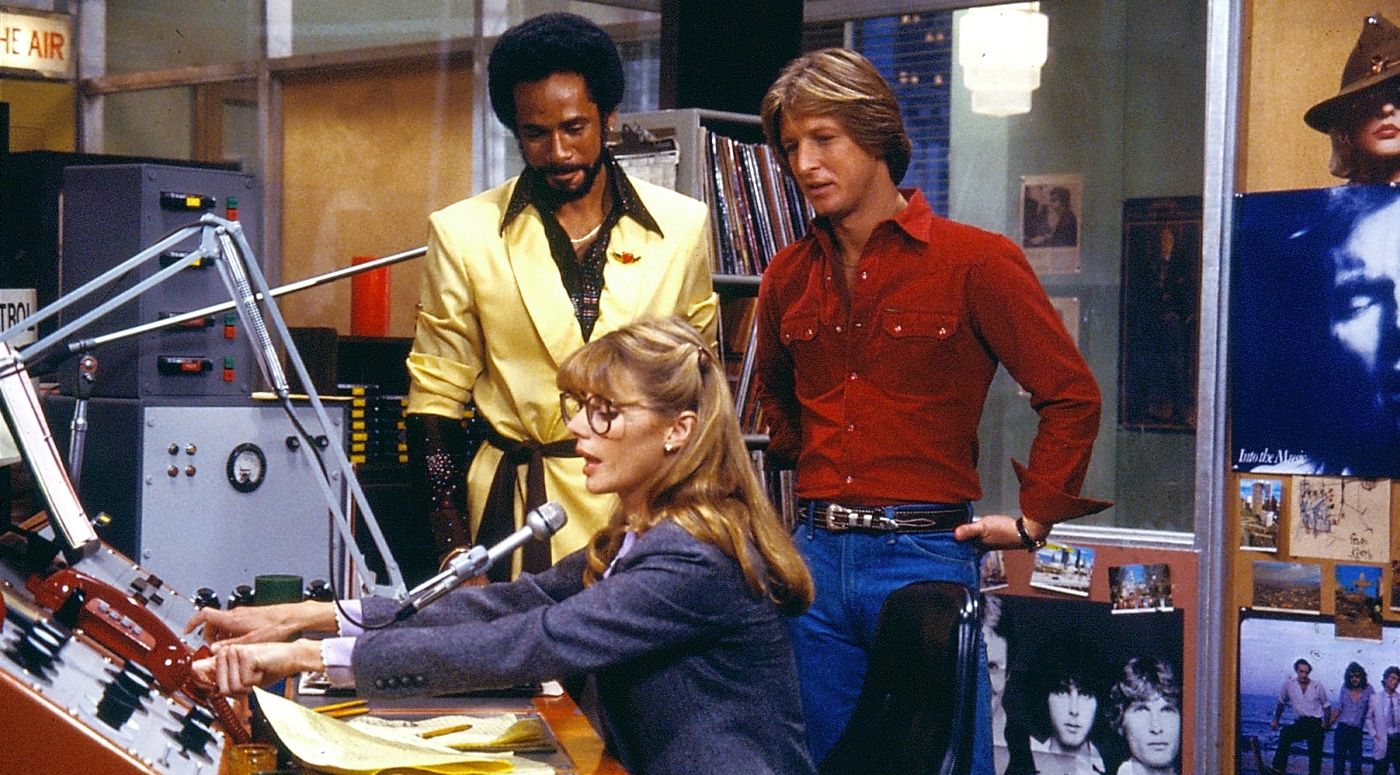
WKRP in Cincinnati was a terrific workplace sitcom that delved into the lives of those who worked at a down-on-its-luck radio station in Ohio. Under Gary Sandy’s Andy Travis, the staff of WRKP made a dramatic shift in its content and began playing rock and roll as opposed to its casual and easy-listening music. WKRP in Cincinnati was fascinatingly reflective of the time throughout its four years on CBS, and Travis’ attempts to keep the station going in an already competitive market were both funny and interesting.
The decreasing prominence of WKRP in Cincinnati was unusual. It was originally a flop, but it gained mass popularity after it was canceled in 1982 and went into syndication. The show was unique for its time, and rather than focusing on sitcom character archetypes and cheesy jokes, the humor used was intelligent and more of a social commentary. It was also a TV show based on the lives of real people, which made it even more different. There was a ‘90s sequel, The New WKRP in Cincinnati, but it unfortunately didn’t stop the original from being forgotten.
5 Adam's Rib (1973)
An Even More Comedic Take On The Iconic Hollywood Movie
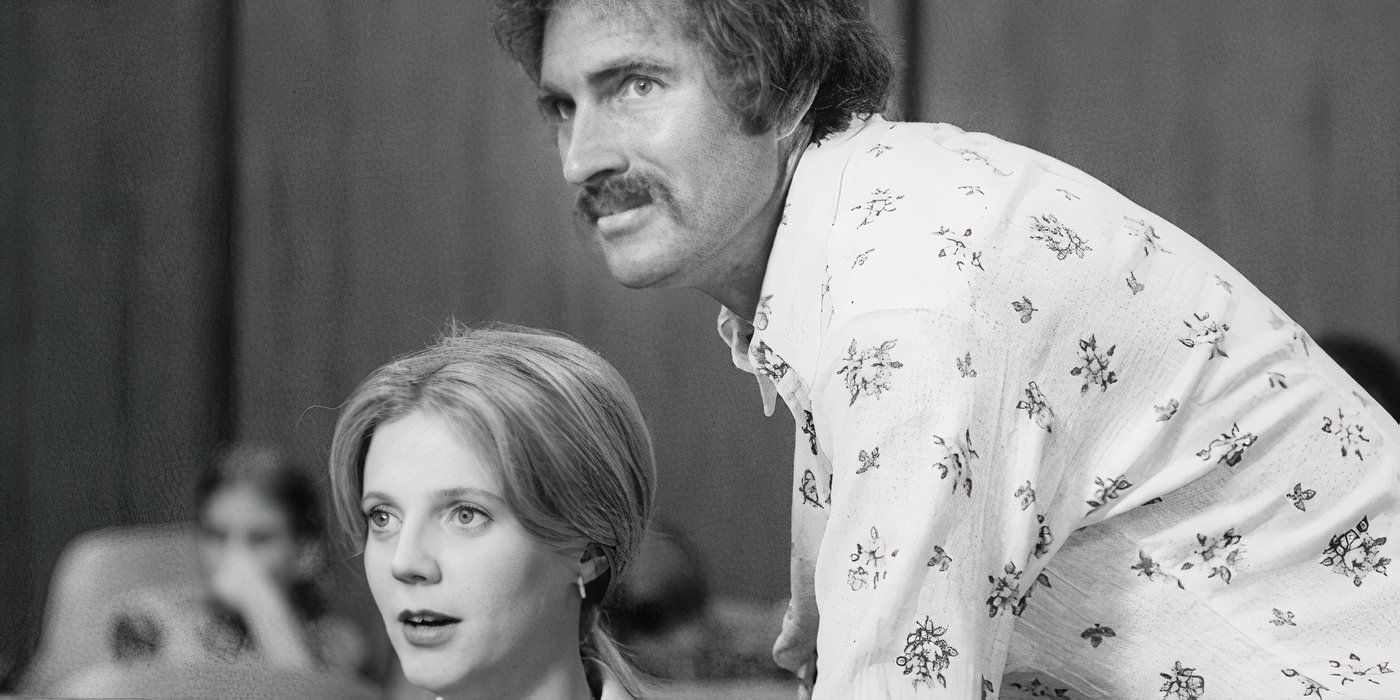
Adam's Rib was astonishingly only on the air for three months, and it was surprising that the show didn’t last longer, especially as it was an adaptation of the 1949 classic movie of the same name. However, there was plenty of evidence to suggest that Adam’s Rib was simply ahead of its time as a sitcom because of the topics it covered. The show featured Ken Howard as Adam Bonner, an assistant DA, and Blythe Danner as his wife, Amanda, a junior partner at a law firm.
There was a big focus on women’s rights in Adam's Rib, and activism was a core part of Amanda’s characterization. Even though most of the comedy came from the Bonners facing one another in court from opposite sides, which then impacted their home life, Amanda’s efforts to help other women were a crucial part of Adam's Rib. Howard and Danner were huge stars and already played a married couple together in the movie 1776, so it made no sense that Adam's Rib failed. Adam's Rib was shockingly underrated, but with its short run, it wasn’t surprising that it was forgotten.
4 Who's Watching The Kids? (1978)
An Amazing Sitcom Cast, But It Was Canceled Too Soon
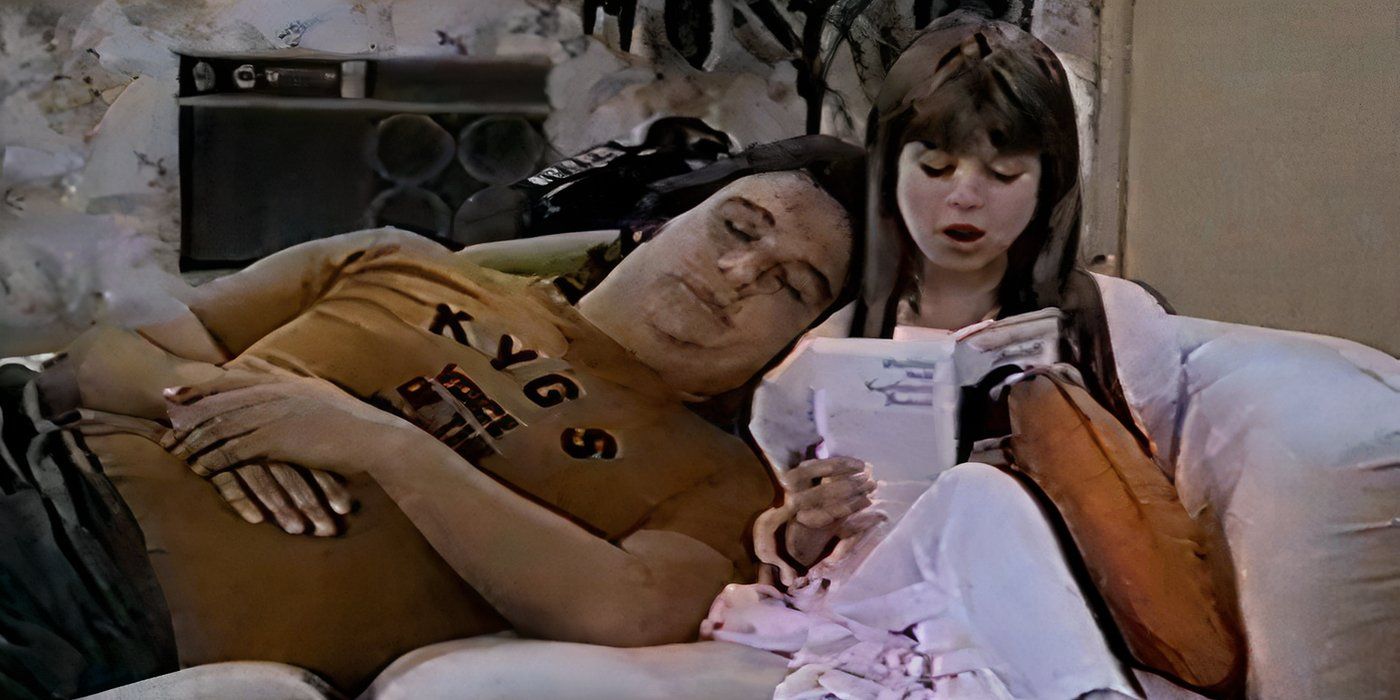
Who's Watching the Kids? was a show that starred two already prominent sitcom actors: Happy Days’ Lynda Goodfriend and Scott Baio. Goodfriend portrayed Angie Vitola, a young woman who worked as a showgirl alongside her roommate, Caren Kaye’s Stacy Turner. Despite their busy schedules, the two women continued to develop their careers while they raised their siblings, Baio’s Frankie and Tammy Lauren’s Melissa. This was a classic sitcom setup, and the jump between the girls’ and the kids’ storylines was brilliant.
Like other comedy TV shows like Who's Watching the Kids?, many other zany characters kept things interesting. James Belushi, as the neighbor Bert Gunkel, was a hilarious addition to the cast, and his constant attempts to keep Melissa and Frankie out of trouble were timeless. Unfortunately, Who's Watching the Kids? only lasted for nine episodes and was canceled before season 1 even finished airing. Although Baio and Goodfriend returned to Happy Days, it was still a shame that Who's Watching the Kids? didn’t get the run it deserved.
3 The Bob Newhart Show (1972)
The Sitcom Wasn't As Popular As Newhart Himself
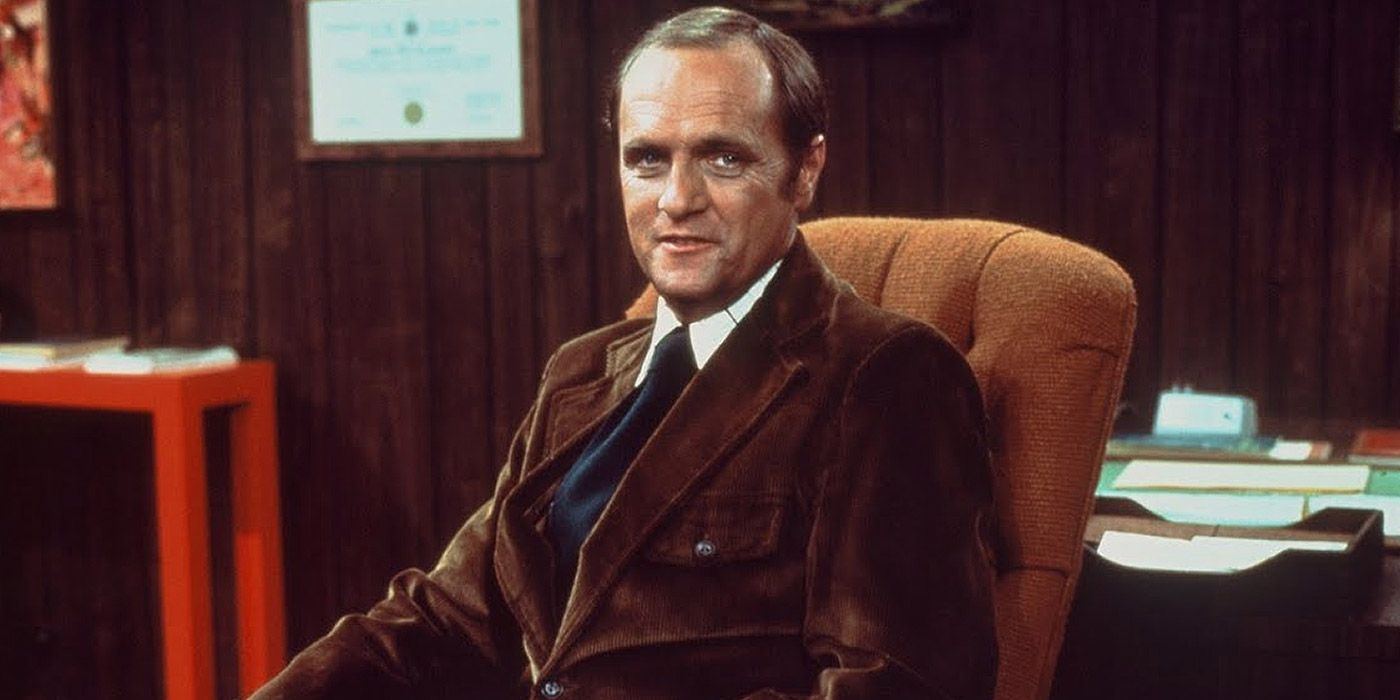
Bob Newhart was one of the best comedy actors of the 1970s, but his titular show, which was also one of his biggest projects, was overshadowed by his later works. The Bob Newhart Show sounded like a reality or chat show, but it was actually a sitcom. However, viewers were confused because Newhart had a variety show with the exact same name in 1961, so it made sense that they had forgotten about the sitcom. Newhart portrayed Chicago psychologist Robert Hartley in every episode of The Bob Newhart Show, which ended in 1978 with season 6.
Hartley was an amazingly funny character who constantly tried to support his eccentric patients, friends, and family. Newhart also inserted stand-up routines within his performance, which were spectacular and a great example of why he was such a powerful comedian. The Bob Newhart Show even won two Emmys and was considered one of the funniest shows from the 1970s, but as Newhart moved on to other roles, like Newhart, The Big Bang Theory, and a plethora of movies, the sitcom slowly faded from viewers’ memories. While it was still one of Newhart’s most notable shows, it wasn’t very prominent overall.
2 The Partridge Family (1970)
A Musical Family Overshadowed By The Bradys
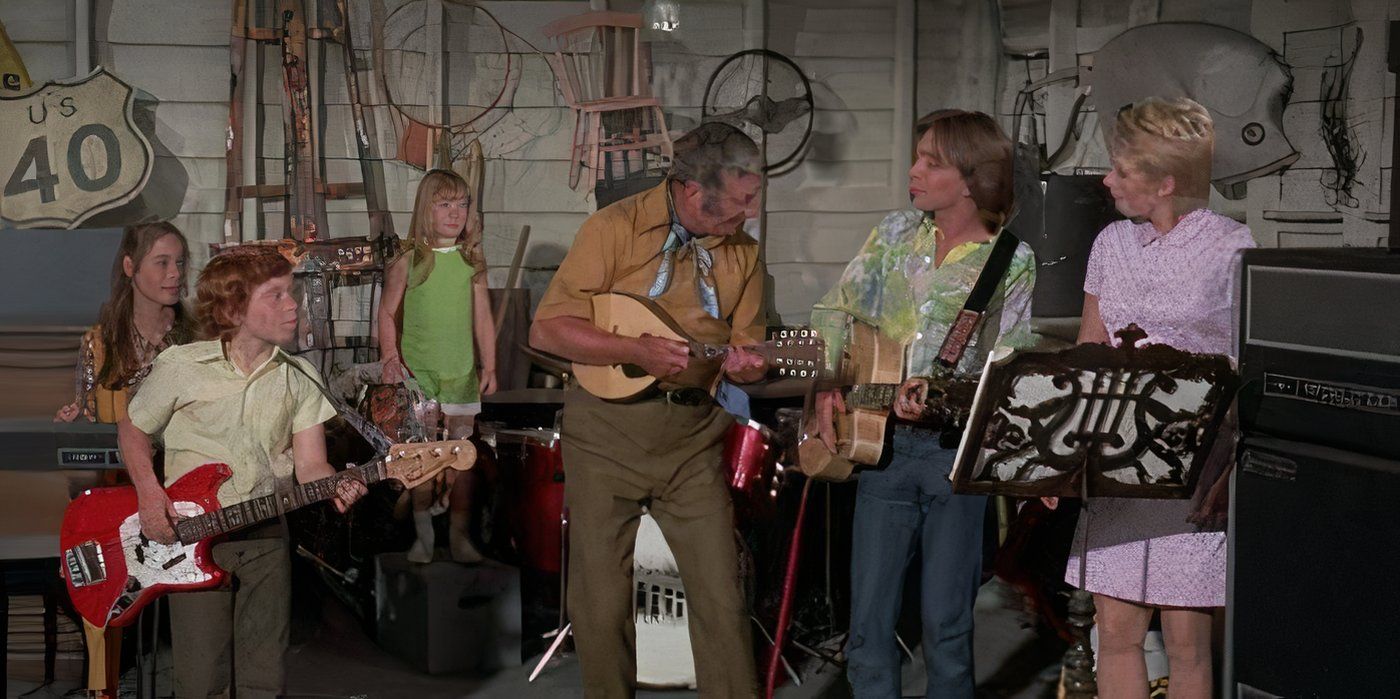
While The Partridge Family was undoubtedly more successful than Getting Together, it was still a TV show that few remembered. It was another great musical sitcom, but because of the popularity of The Brady Bunch , The Partridge Family flew under the radar. The show was about the career of the Partridge children, who, with help from their mother, shockingly managed to turn their home-recorded song into a Top 40 hit. With each episode, the Partridges continued to work toward further fame while they also tried to maintain a normal, ordinary life.
The Partridge Family first aired in 1970, which was perfectly timed, considering that The Sound of Music was released five years prior. The concept of a singing family was massive at this time, and the cast of The Partridge Family was even nominated for Best New Artist at the Grammy Awards in 1971. The relationships between each of the siblings provided many comical and wholesome moments, and in general, the premise of the show was unique and endearing. However, because it competed against The Brady Bunch, a major household title, The Partridge Family wasn’t remembered as much.
1 Rhoda (1974)
Incredibly Popular While Airing, But Forgotten Quickly After
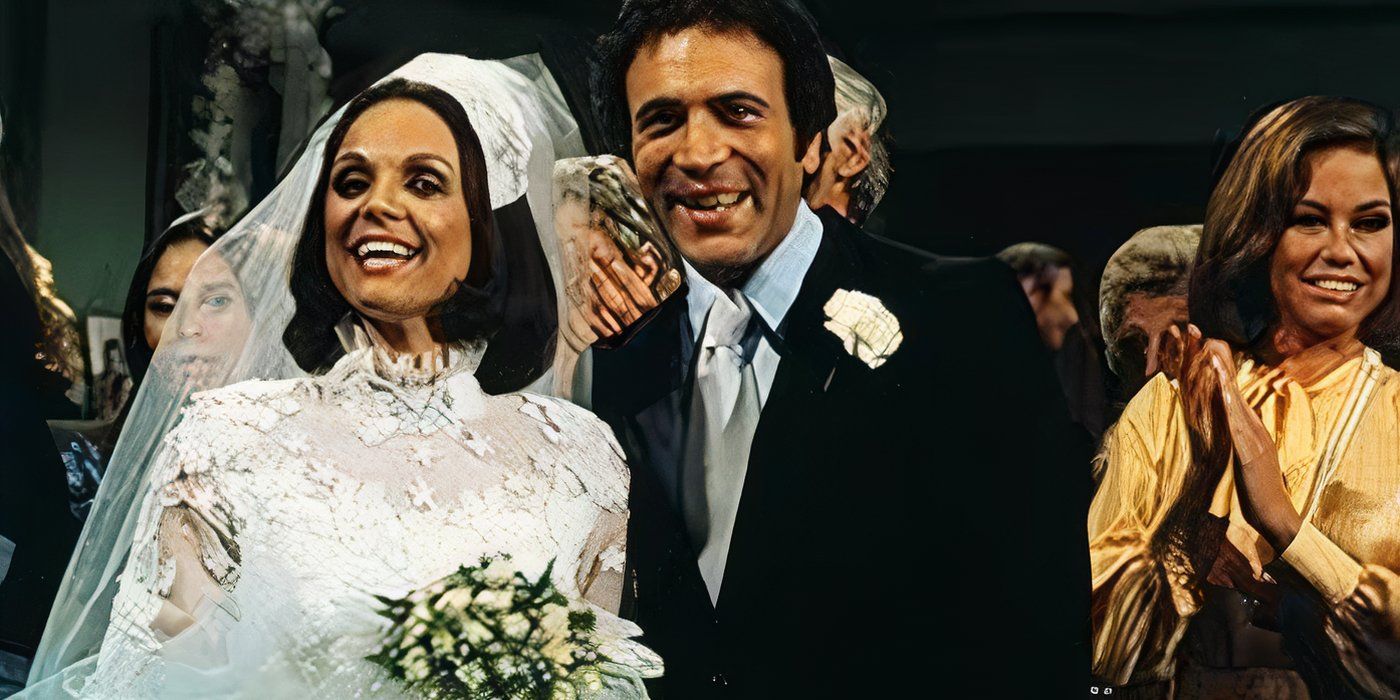
Valerie Harper’s character from The Mary Tyler Moore Show, Rhoda Morgenstern, received her own spinoff in 1974, entitled Rhoda. The character was a key part of the cast and appeared in four seasons of The Mary Tyler Moore Show, but then moved back to New York City in Rhoda’s pilot and married David Groh’s Joe Gerard. Rhoda ran from 1974 to 1978, and many of the sitcom’s stories focused on the titular character embracing motherhood and later re-entering the dating world after her divorce.
Over 52,000,000 US households watched Joe and Rhoda’s wedding episode, so it was a shock that the show didn’t have more of a legacy, especially because it was an extension of The Mary Tyler Moore Show. The incredible ratings of "Rhoda's Wedding" attracted attention to Rhoda for years, but the interest didn’t go any further, and many failed to remember much else about the show other than the episode’s star-studded lineup. There was a failed animated spinoff and a couple of reunion-style shows throughout the ‘80s and ‘90s, but despite this, Rhoda struggled to stay relevant.

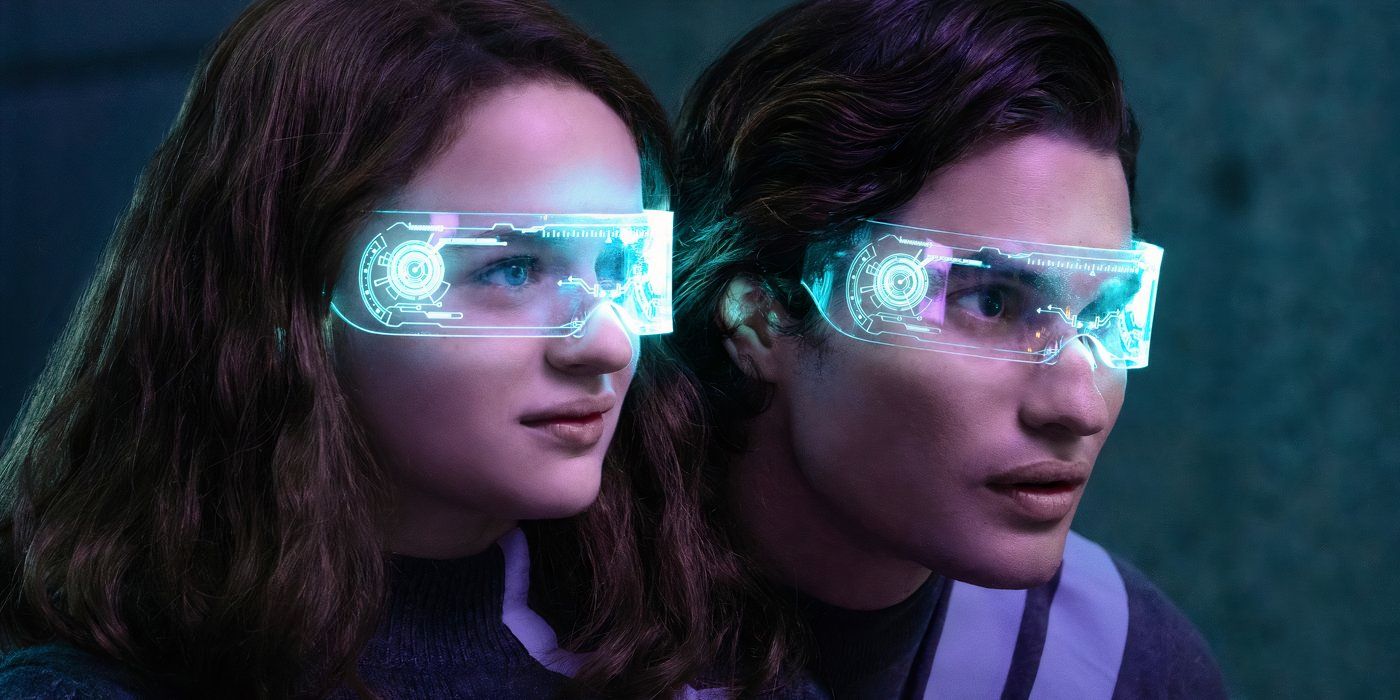
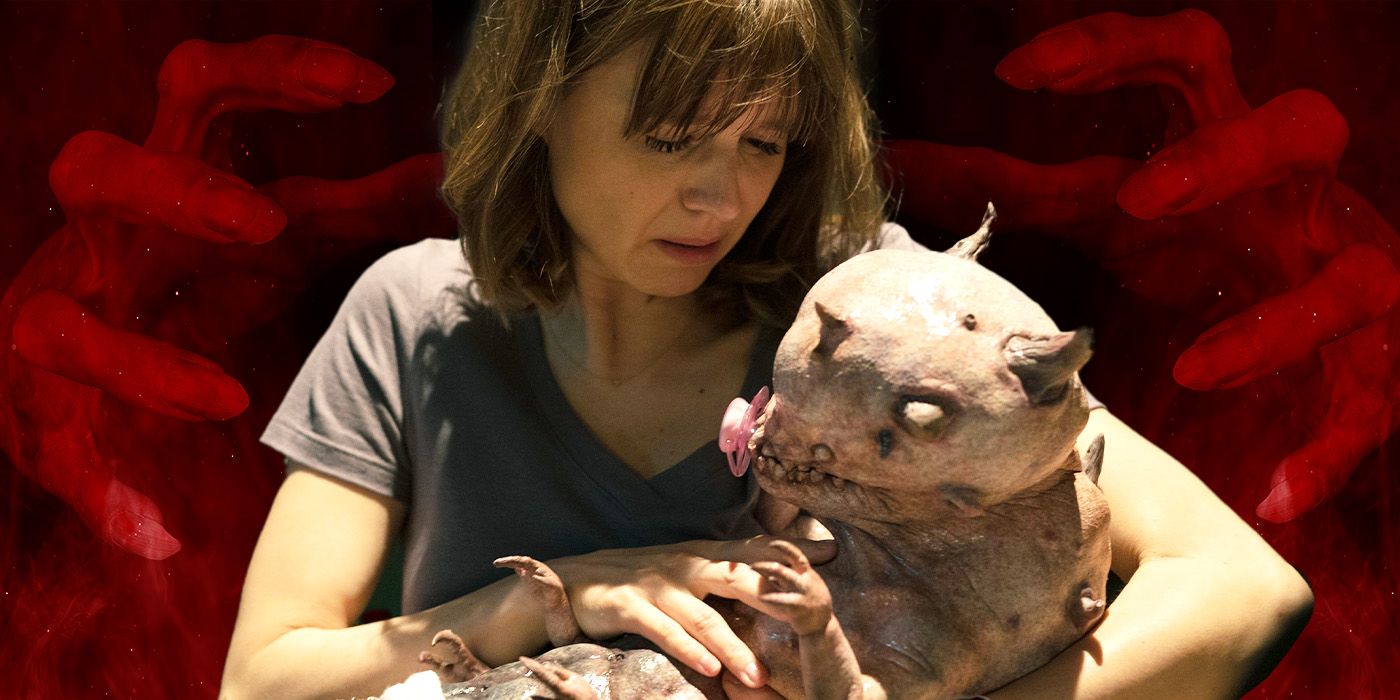
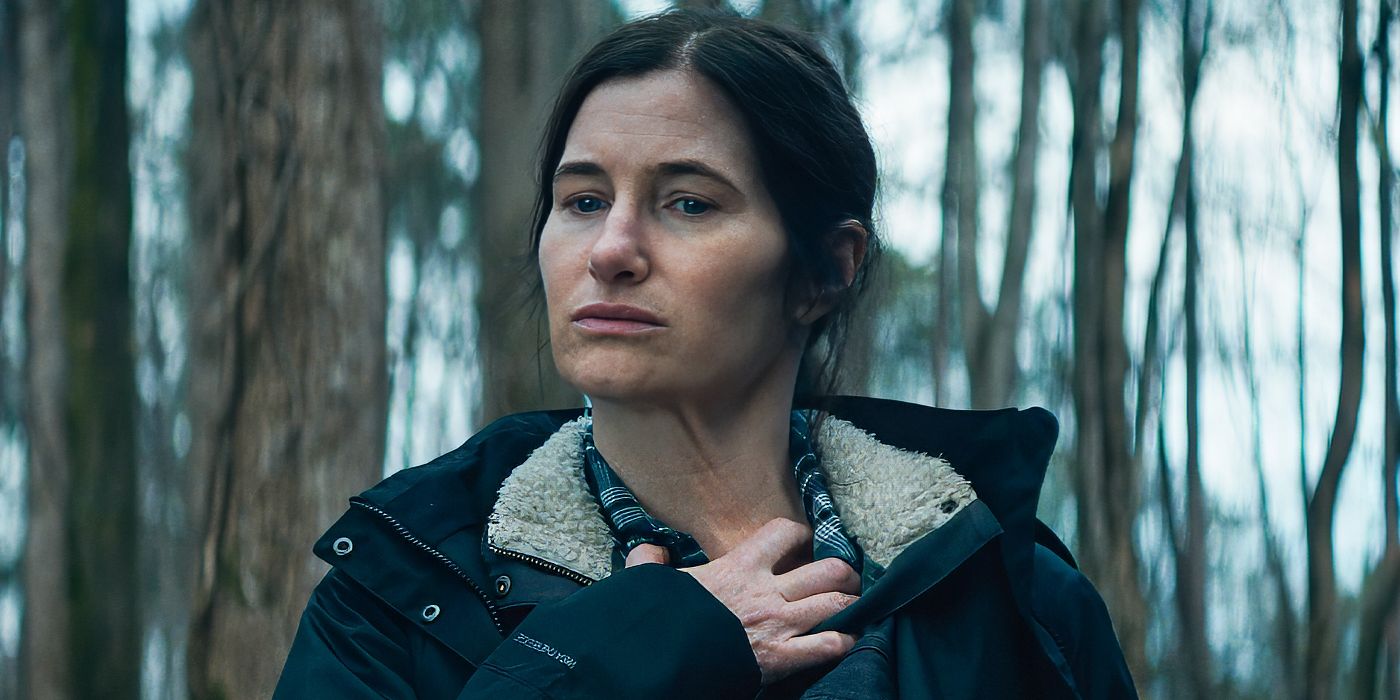

/cdn.vox-cdn.com/uploads/chorus_asset/file/25242409/20230608_Palworld_Screenshot_02.png)



 English (US) ·
English (US) ·